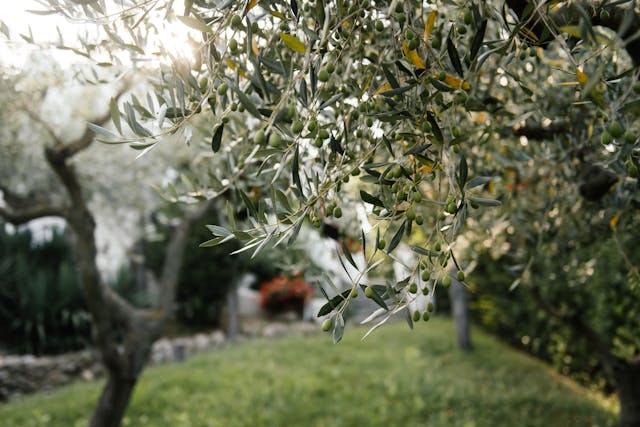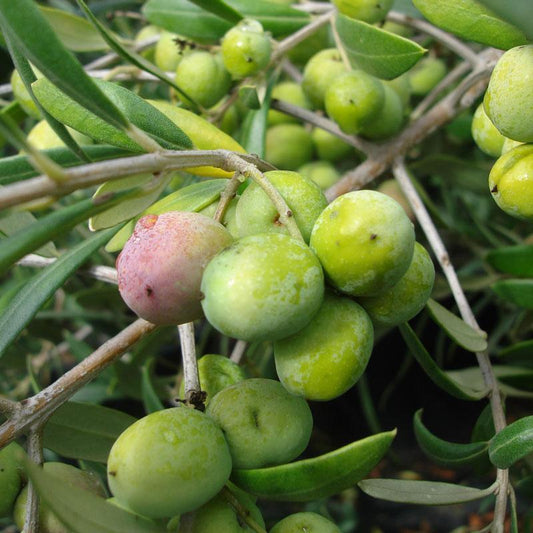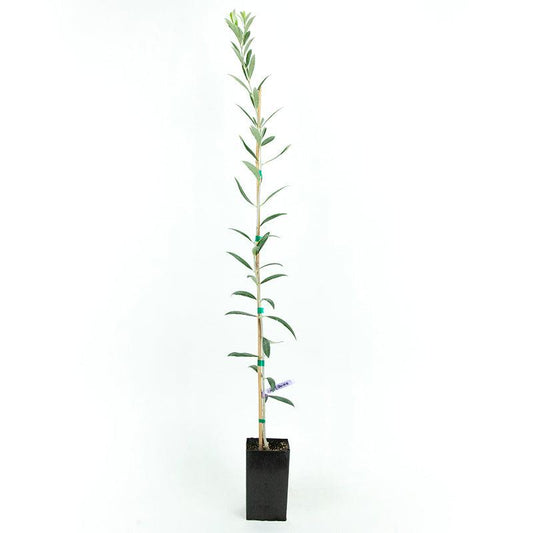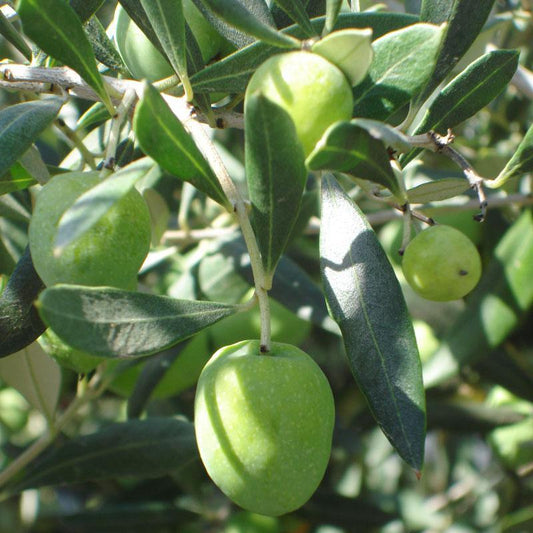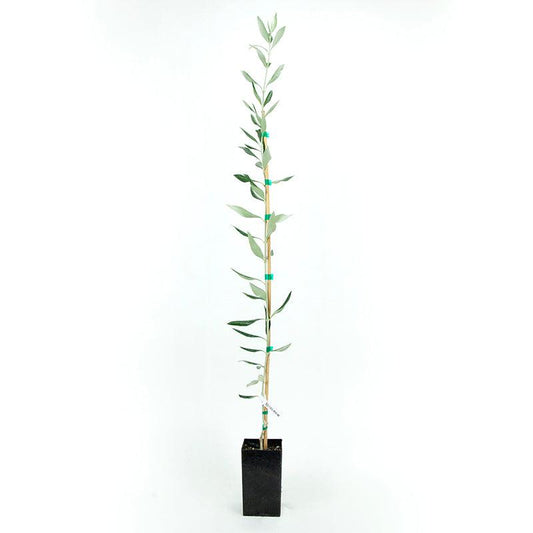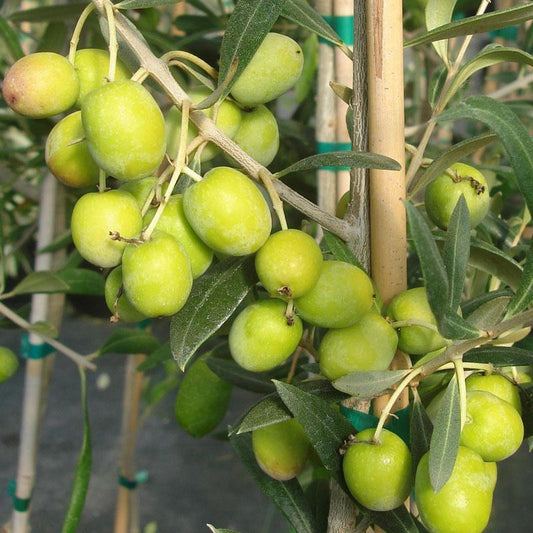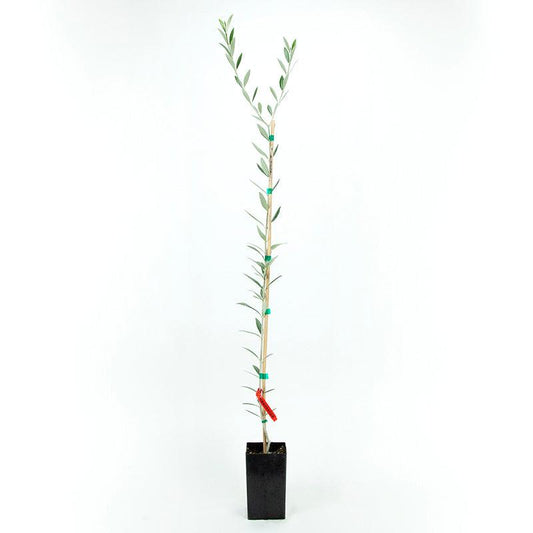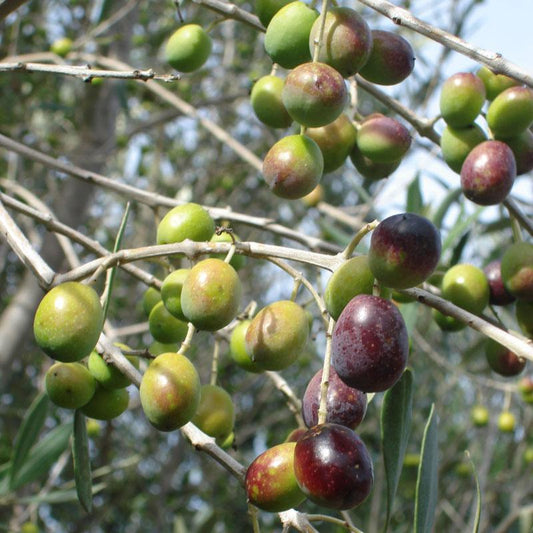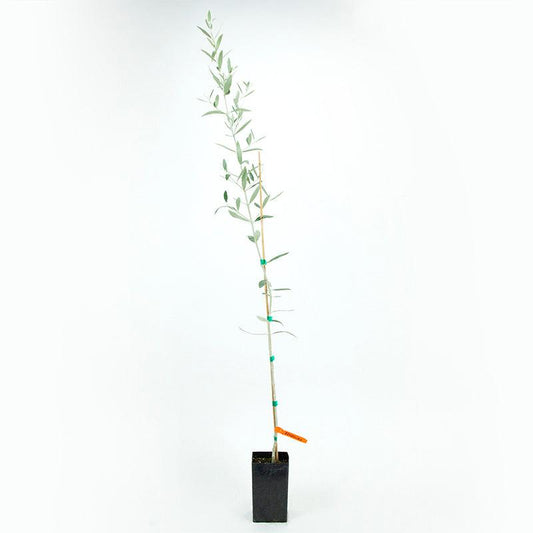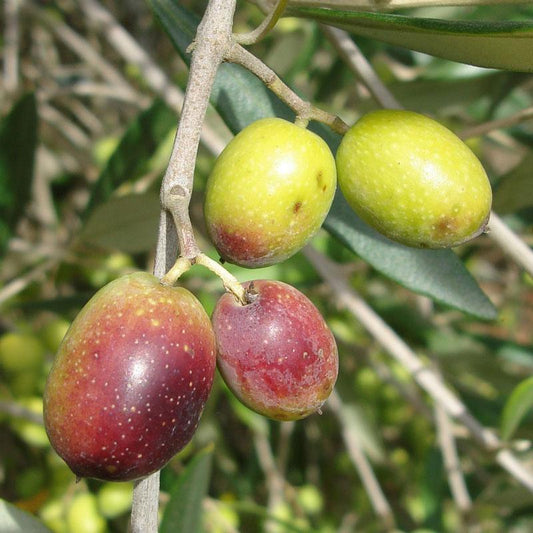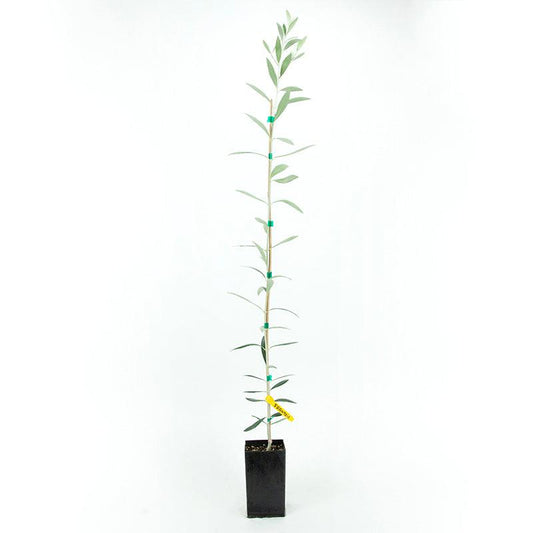Where Does the Olive Tree Grow and Thrive? Tips for Growing Olives
Olives have been cherished for thousands of years—not just for their delicious fruit and golden olive oil, but also for their beauty and symbolism. These hardy evergreen trees (Olea europaea) thrive in warm, sunny regions and can live for centuries, producing fruit season after season.
If you’ve ever wondered how to grow an olive or where does the olive tree grow, this guide will walk you through everything you need to know—from planting and soil preparation to fruit production and care. Whether you’re planting olive trees in your garden, starting a potted olive tree on your patio, or growing olives for a small olive grove, success begins with understanding their ideal conditions.

Where Do Olive Trees Grow?
The olive tree (Olea europaea) naturally grows in regions with hot, dry summers and mild, wet winters. These Mediterranean-like climates are ideal for growing olive trees because they provide plenty of sunlight and good drainage.
In the United States, olives thrive in USDA Zones 8–10, though some cold-tolerant varieties can grow in Zones 6–7 with winter protection. If you’re unsure of your region, check your USDA growing zone here.
Curious about growing in cooler regions? See our detailed article on Growing Olives in Zone 7 for practical advice.

Ideal Growing Conditions for Olive Trees
Sunlight
Olive trees need full sun—at least 6 to 8 hours of direct sunlight daily. Sunlight is essential for healthy growth and consistent fruit production.
Soil and Drainage
Plant olive trees in well-drained soil that’s slightly alkaline (pH 6–8.5). These trees dislike soggy roots, so good drainage is crucial. If your garden soil holds too much water, plant in raised beds or containers with drainage holes.
Before planting, enrich the site with organic matter such as Peaceful Valley Organic Compost to create fertile soil that supports strong root growth. You can also use a soil test to check nutrient balance and pH before planting.
Temperature
Olives prefer mild winters. A winter temperature below 15°F (–9°C) may damage young trees, though mature ones are more resilient. In colder zones, use frost blankets or move container-grown trees indoors during extreme cold.

How to Plant Olive Trees
When planting olive trees, choose a sunny, sheltered location. Dig a hole twice as wide as the root ball but only as deep. Mix in compost to improve soil texture, then position the tree so the top of the root ball sits slightly above ground level. Backfill gently and water thoroughly.
For step-by-step visuals, watch our Planting Olives video guide.
In orchards, space trees 18–20 feet apart for airflow and sunlight. For dry-farmed or larger olive groves, space them 24 feet apart to allow roots to spread.
Watering and Fertilizing
A young olive tree needs regular watering until established—about 2½ gallons weekly during the first year. Once mature, olive trees are drought-tolerant but may benefit from deep watering during dry spells.
Feed trees in late winter or early spring using a balanced organic fertilizer. Always base fertilization on a soil test to avoid overfeeding. Healthy, balanced soil encourages strong roots and consistent fruit production.

Pruning and Olive Tree Care
Proper olive tree care includes light pruning, especially during the first few years. Remove suckers and shape the canopy to allow sunlight into the center. Mature trees benefit from annual pruning to maintain structure and encourage the tree to bear fruit more reliably.
Mulch around the base to retain moisture, but keep mulch a few inches away from the trunk to prevent rot.
Propagation: From Seeds or Cuttings
You can grow olives from olive seeds, but it’s a slow and unpredictable process. Seed-grown trees may take years to fruit and often differ from the parent tree.
Most growers prefer cuttings—they produce consistent results and begin producing fruit sooner. Semi-ripe cuttings taken in spring are the most successful for home propagation.
Container and Indoor Growing
A potted olive tree is perfect for patios, balconies, or small gardens. Use a large container with drainage holes and fill it with a light mix of potting soil, sand or perlite, and compost.
Place your potted olive in full sun (or a bright indoor window). Water only when the top few inches of soil feel dry, as overwatering can cause root rot. Feed during the growing season with a slow-release organic fertilizer.
Varieties like the Arbequina Olive Tree are ideal for containers due to their compact size and self-fruitful nature.

Olive Tree Varieties
When choosing between cultivated olives, consider whether you want to grow for oil or table use:
-
Oil-Producing Varieties
- Arbequina Olive Tree: Small, self-fruitful tree known for rich olive oil production.
- Frantoio Olive Tree: Produces fruity, aromatic oil and pairs well with other pollinators.
- Koroneiki Olive Tree: High-yielding, robust oil variety.
-
Table Olive Varieties
- Manzanilla Olive Tree: Excellent for green olives and pickling.
- Mission Olive Tree: A versatile and cold-hardy choice for both table olives and oil.
For help selecting varieties, explore How to Choose Olive Trees or browse all our olive trees here.
Pests and Diseases
Olive trees are relatively hardy, but they can face challenges like the olive fruit fly, scale insects, and diseases such as olive knot and Verticillium wilt.
To manage pests and diseases, maintain good airflow, prune regularly, and keep the area clean of fallen fruit. Use organic treatments like neem oil or beneficial insects to keep pest populations low. Healthy soil and proper drainage also help prevent disease.

Harvesting and Fruit Production
Most olive trees begin to bear fruit after 5–8 years, depending on variety and care. Proper pruning, sunlight, and occasional cross pollination between varieties can improve yields.
Green olives are harvested early, while fully ripe black olives are picked later for deeper flavor or oil pressing. If you’re producing your own olive oil, crush and press the olives soon after harvest for the freshest results.
Conclusion
Learning how to grow an olive tree at home connects you to one of the world’s oldest cultivated plants. With the right balance of sunlight, fertile soil, and good drainage, growing olives can be a rewarding, long-lasting endeavor.
Whether tending a single potted olive tree or planting a backyard olive grove, your efforts can yield beautiful olive branches, delicious fruit, and even homemade olive oil—a true taste of the Mediterranean.

